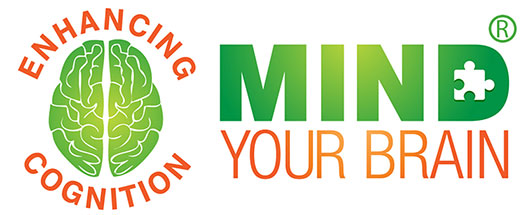What happens when a spouse or partner suffers a brain injury?
There are many different types of brain injury. They include for example concussions, stroke, brain infections, and chemo-brain.
Whichever way a brain injury is sustained, it is a painful experience – not only for the injured person but also for the partner, spouse, and family. While a brain injury can affect many bodily systems, physical challenges such as walking difficulties are more visible and are thus more easily addressed by a partner, and society at large. However, most brain injuries are invisible, meaning the injury leaves a mark that is not easily seen, pinpointed, or dealt with. Not knowing the source of such behavioural changes makes it difficult for loved ones and society at large to provide the supportive and considerate assistance the person needs. Clients often tell me that people may act or even suggest: ‘you look fine’, and accordingly have expectations that the person with the injury oftentimes cannot fulfill.
At the same time, communicating one’s needs following a brain injury is not an easy task. It requires understanding of brain functioning and how brain injury affects behaviour- in short how does a brain injury change behaviour? How does it happen that “all of the sudden”, the person appears unable to complete seemingly simple tasks like cooking a simple meal, shopping, be on time for an appointment, or read a magazine article. Unfortunately, this information is not part of our general knowledge. This lack of understanding of what underlies the challenges and how to address them to assist the person with brain injury in turn can translate into additional difficulty, creating more barriers to reintegration into society because these challenges come with an emotional cost. Social isolation, anxiety, and depression are natural consequences of such situation.
So, what are these invisible issues?
For many people with brain injury, thinking is impacted: the ability to process information is slowed while memory, attention, and executive functions like ability to plan and organize likely will be negatively affected. These difficulties also appear to be the least understood because thinking in itself is not seen, but rather what we see is a person’s behaviour and the difficulties in completing tasks. Thinking is an important ingredient to being able to deal with everyday life tasks such as cooking, shopping, driving, being on time, reading an article, remembering where one put one’s keys, or creating and following a schedule.
Tasks that used to be easily completed now require concentrated effort, which in turn leads to fatigue due to the increased energy requirements. Not being able to do one’s usual tasks anymore, and not knowing how to address or overcome these challenges can lead to anxiety and depression, and potentially to irritability and angry outbursts that lead to social isolation, loss of job (or unsuccessful return to work) and loss of meaningful occupations. For the person with brain injury, the change in abilities and tolerance can lead to a decrease in self-confidence and a change in self-identity. The emotional difficulties are oftentimes summarized as personality changes that create the obstacles that couples face after one suffered a brain injury.
Imagine yourself as spouse of a person facing these difficulties. For the spouse, these changes in the partner are difficult challenges as well, not in the least because the spouse now has to take over responsibilities, which the other may not be able to do anymore. But one of the greatest challenges, I would argue, is brought on by not knowing how to address these challenges!
See also: https://msktc.org/tbi/factsheets/relationships-after-traumatic-brain-injury
So, what are these invisible issues?
If the person becomes irritable, be patient, and ensure that the person takes a break (rest period) before continuing with the task. In addition, you can assist a person to become aware of these situation, i.e. irritability usually results when the brain receives more stimulation than it can handle for too long, e.g. too much noise or too many people around; or if a given task is too difficult/ complex. By allowing a person to learn these connections between the environmental circumstances and one’s emotional state, the person can gain more control to identify the difficulties as they occur, and learn to take appropriate action/ strategies.
Examples of such strategies include:
Pacing – taking more breaks more often between and during activities
Developing and following a daily routine
Removing oneself from noisy or busy situation to take a brain break when becoming irritable;
Removing auditory or visual distractions from environment by for example closing door, turning off TV or radio, tidying up work area before doing a task, and
Breaking task down into manageable parts
Scheduling a more complex task when the person has the most energy in the day
Read here for learning how to support your loved one’s ability to manage symptoms successfully during their recovery from brain injury: Emotional Distress and Symptom Management following Injury and Disease
Summary
- Article Name What happens when a spouse or partner suffers a brain injury?
-
DescriptionCaregiver challenges
- Author Heike Dumke
- Publisher NameMind your Brain
- Publisher Logo



 Cognitive aging/ cognitive health
Cognitive aging/ cognitive health